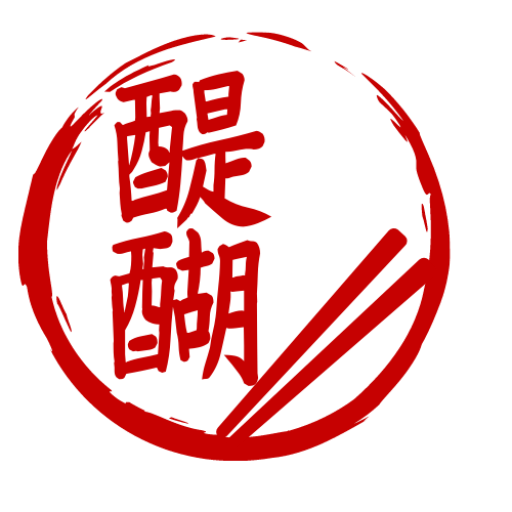Persimmon, or kaki 柿 in Japanese – and other languages, including Italian! – is one of the national fruits of Japan. Having been brought to the Archipelago in the 7th or 8th century AD, the long history of this fruit in Japan helped its spreading in Japanese food culture: from its status of paragon of sweetness when sugar wasn’t yet commonly available to one of the most produced fruits in the Country (Japan is the 4th largest producer of kaki globally, Wakayama prefecture having the biggest share of production), kaki is indeed deeply embedded in Japanese food tradition.
Thousands of cultivars, two main categories of Kaki
It is estimated that at least a couple thousand kaki cultivars are available worldwide. There are only two main categories of kaki, though: astringent ones (called shibugaki 渋柿 in Japanese) and non-astringent ones (amagaki 甘柿).
The kaki’s astringency, or bitterness, is due to the relatively high presence of tannin, a bitter-tasting compound, inside the fruit. Astringency determines how kaki is eaten: non-astringent varieties are eaten in Japan much as one would eat an apple, just cutting the still firm fruit in bite-sized chunks, often after removing the skin, while astringent ones generally need to become soft (overripe) before they are good to eat. I say generally because there are a variety of chemical treatments that are commonly used in Japan to reduce the quantity of tannin in the kaki and therefore make the fruit available for consumption before they are entirely ripe: one such treatment is to store the fruits in an environment with a high concentration of CO2 after harvesting, or, more traditionally, to let the kaki dry out in the sun – thus creating one of Japanese Autumn – Winter traditional sweets hoshigaki 干柿 (literally, dry kaki).
There are other methods to speed up the turning of bitter kaki into edible, sweet ones without the need to dry them: one is to sprinkle them with alcohol (sake or shochu, for example) and put them in a bag for a couple of weeks, or to store the kaki together with apples, as well inside a plastic or paper bag. In both cases, the ethanol in the alcohol and the apples will speed up the kaki ripening process.
Kaki cultivars commonly found in Japan
As I mentioned above, there are thousands of cultivars of kaki, so I will list just a couple of the ones that can be commonly found in Japan:
Jirogaki 次郎柿
Originally from Shizuoka prefecture, they are still mainly produced in their birthplace and nearby Aichi prefecture. They are less juicy than other varieties, but they are appreciated for their firmness. They are non-astringent, so they can be eaten while still not completely ripe, although, of course, the ripe fruit would taste sweeter than a non-ripe one.
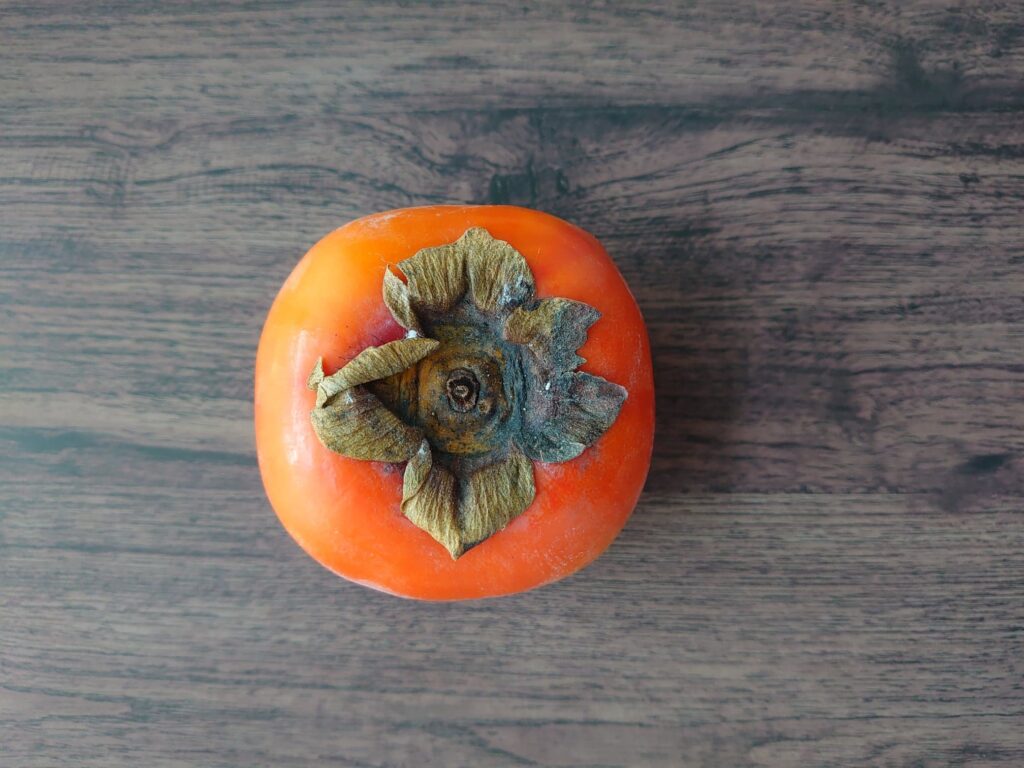
Fuyūgaki 富有柿
Juicer and typically bigger than jirogaki, they are also softer and sweeter. A non-astringent variety as well, the prefectures producing the most significant share of Japanese fuyūgaki are its native Gifu prefecture an also Nara prefecture, where the kaki tree’s leaves are also used in one of the specialties of the region, kakinohazushi 柿の葉寿司. More on that in a minute.
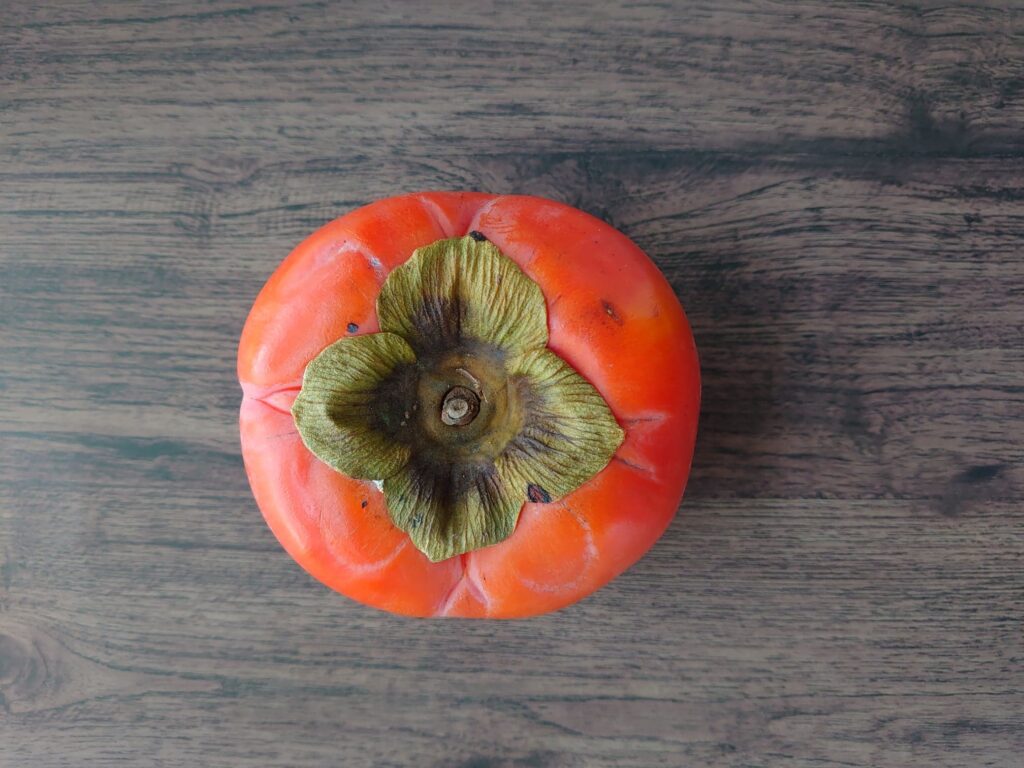
Kōshū hyakume 甲州百目
Astringent variety, characterized by being slightly cone-shaped and with a color that is more light-orange / almost yellow compared to the two varieties above. Being astringent, they need to be left to ripe before they become edible. Still, the primary way to eat kaki of the hyakume variety is to literally leave them out to dry. Some supermarkets sell little kits, complete with rope, for customers to prepare their hoshigaki!
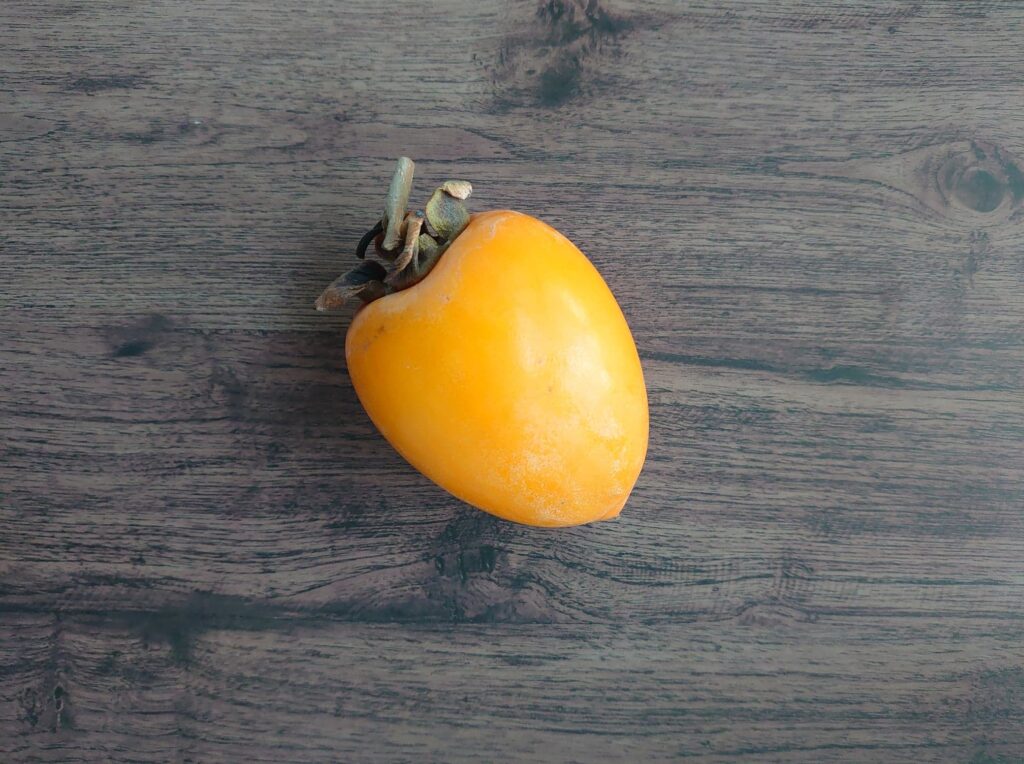
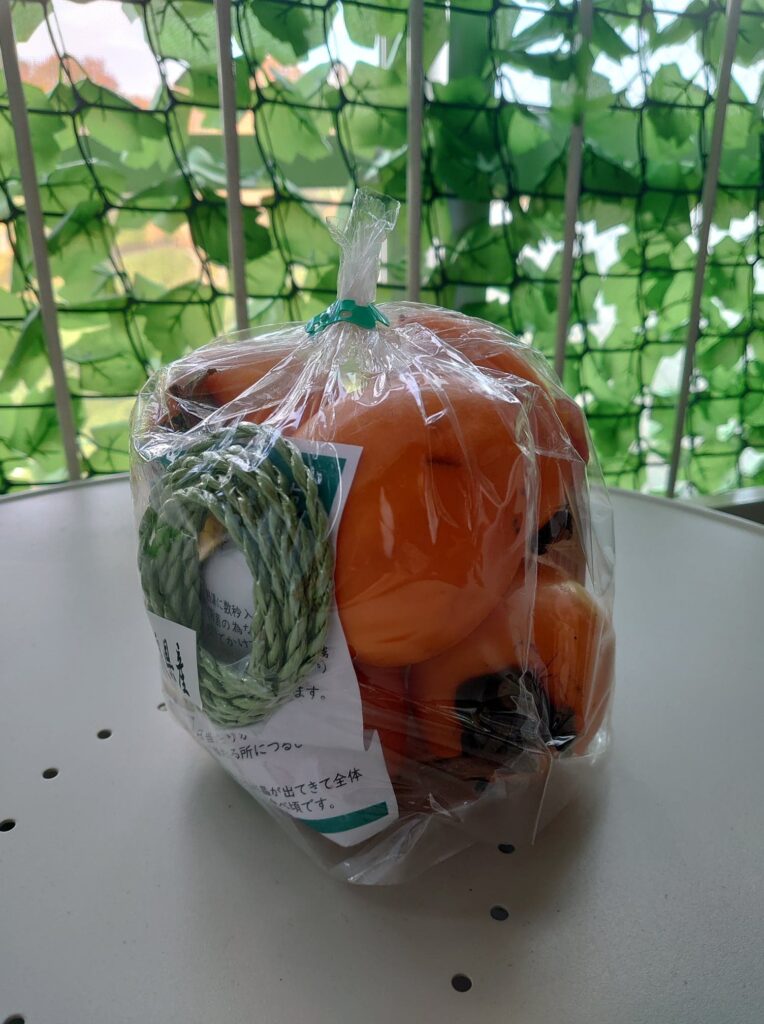
Other uses of kaki in Japanese cuisine
Not only the fruit, but kaki leaves too are commonly used in Japanese cuisine. Perhaps the most celebrated way these leaves are used is in the preparation of kakinohazushi, a specialty of Nara prefecture. The sushi, usually mackerel sushi, is enveloped in kaki leaf, which possesses anti-bacterial properties – this allows the sushi to be left to season for a whole day and night, giving a unique aftertaste to the fish and rice alike. The leaf is opened and discarded when eating kakinohazushi.
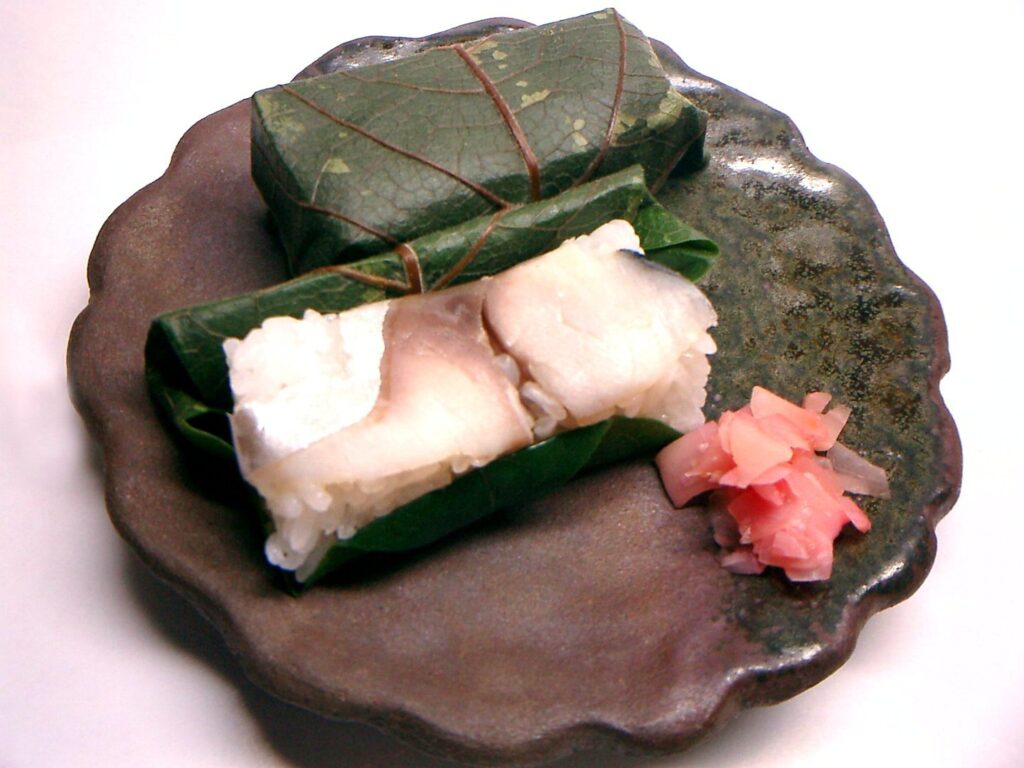
Image from Tomomarusan on Wikipedia, distributed under Creative Commons Attribution-Share Alike 3.0 license
Another use of kaki leaves is in the preparation of tea. Called kakinohacha 柿の葉茶, to prepare it, the kaki leaves (either from trees of the astringent or non-astringent cultivars) undergo several alternating drying and steaming passages before arriving at the final product, which is then ready to brew by simply pouring hot water on the dried leaves and letting the tea sit for ten to fifteen minutes.
With its various cultivars, methods to use the leaves in Japanese cuisine (not to mention the wood, but that is a topic for another blog!), and a history going back centuries, the kaki tree is genuinely appreciated by Japanese culture!
